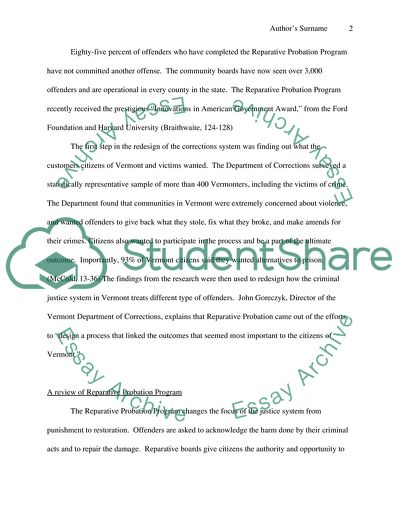Cite this document
(The Reparative Probation Program Coursework Example | Topics and Well Written Essays - 1500 words, n.d.)
The Reparative Probation Program Coursework Example | Topics and Well Written Essays - 1500 words. https://studentshare.org/social-science/1709552-reparative-probation
The Reparative Probation Program Coursework Example | Topics and Well Written Essays - 1500 words. https://studentshare.org/social-science/1709552-reparative-probation
(The Reparative Probation Program Coursework Example | Topics and Well Written Essays - 1500 Words)
The Reparative Probation Program Coursework Example | Topics and Well Written Essays - 1500 Words. https://studentshare.org/social-science/1709552-reparative-probation.
The Reparative Probation Program Coursework Example | Topics and Well Written Essays - 1500 Words. https://studentshare.org/social-science/1709552-reparative-probation.
“The Reparative Probation Program Coursework Example | Topics and Well Written Essays - 1500 Words”. https://studentshare.org/social-science/1709552-reparative-probation.


